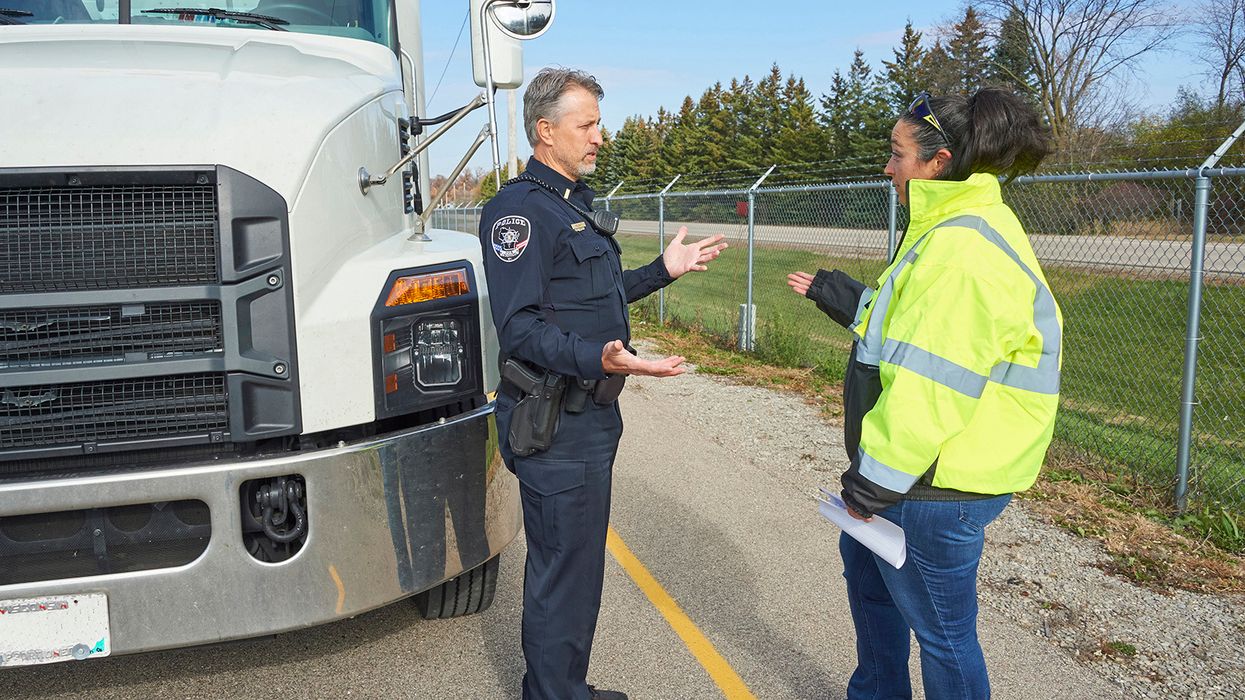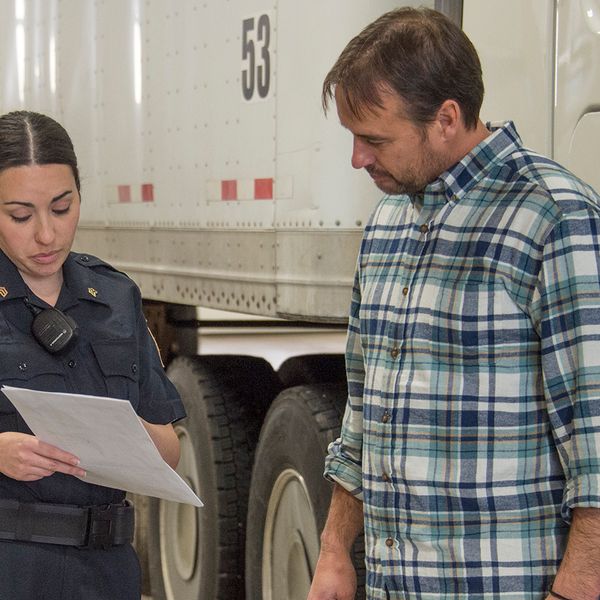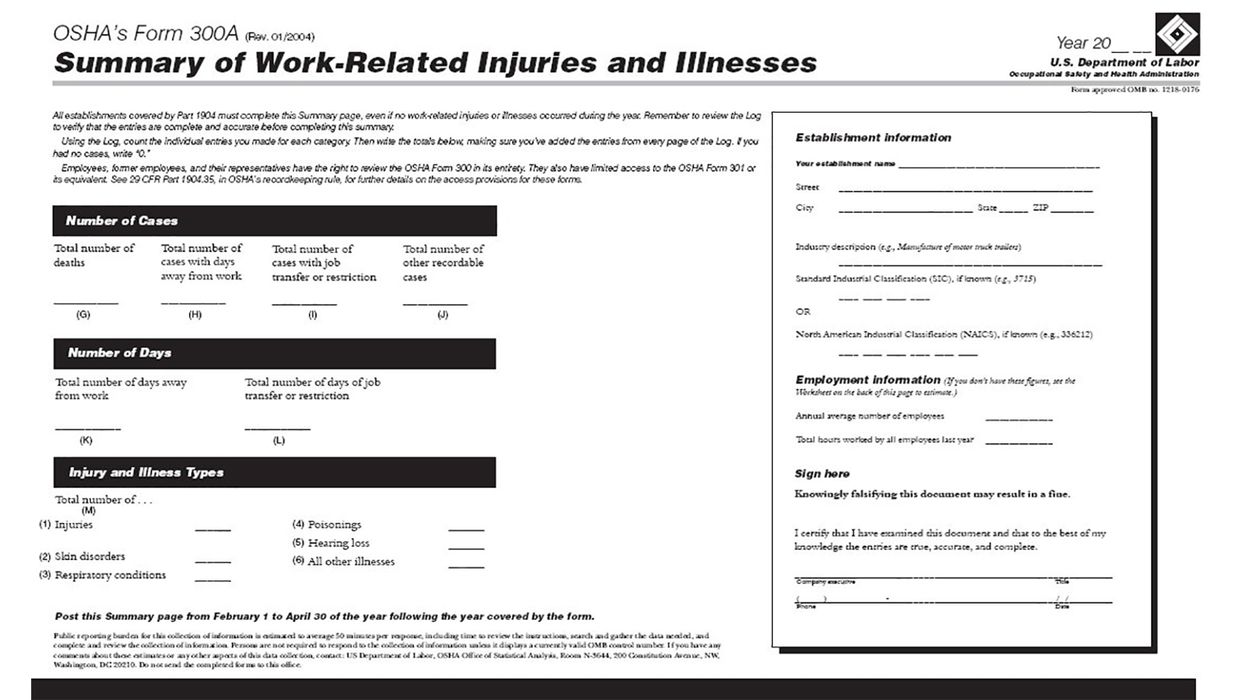Are you ready for DOT's new English language enforcement?
Under an Executive Order issued on April 28, all interstate commercial motor vehicle drivers must have adequate English language skills, as required in the Federal Motor Carrier Safety Administration (FMCSA) regulations at 391.11(b)(2). The determination will be made by officers during roadside inspections. On May 20, FMCSA issued guidance on how officers are to determine if the driver’s English language skills are adequate. As of June 25, any driver not meeting the English language requirement will be placed out of service.
Procedures
Officers are to use a two-step process to evaluate the driver’s English language skills. First, the officer will conduct an official interview with the driver in English. The driver will be required to answer all questions in English. Common questions asked by an officer during the interview can include:
- What are you hauling (what’s your load)?
- Where are you coming from and going to?
- Where is the shipment coming from and going to?
- When did you pick up this load?
- For whom are you driving (what is your carrier’s name/employer’s name; if two different entities, who are they)?
- When did you start your day today?
- When did you start this “tour” (how many days have you been out)?
- When did you fuel last?
- Have you had any problems, such as breakdowns, bad weather, or other delays in the last week?
If the driver cannot adequately answer the officer’s interview questions due to poor English language skills, the driver is to be cited for a violation of 391.11(b)(2) and placed out of service.
If the driver’s English language skills are found to be adequate during the interview phase, the next step will be for the officer to verify that the driver can read and understand English road signs. If the driver cannot read the signs and provide the correct answers, the driver is to be cited for a violation of 391.11(b)(2) and placed out of service.
Returning to service
To return to service, there are two choices:
- File a DataQs and successfully fight the violation, or
- Improve the driver’s English and sign and return the roadside inspection form indicating corrections have been made.
Either way, the driver is out of service until the violation is addressed. If the second was done, having proof of the English training would be important if the driver receives another violation in the future.
Key to remember: While the rules are not changing, the way they’re being enforced is. To avoid having drivers cited and placed out of service, carriers should be conducting basic interviews in English and verifying drivers can understand English road signs during the hiring and qualification processes. If you have drivers that you’re not sure about, it might be a good idea to have them undergo a mock roadside inspection interview to verify their English skills are adequate.




















































